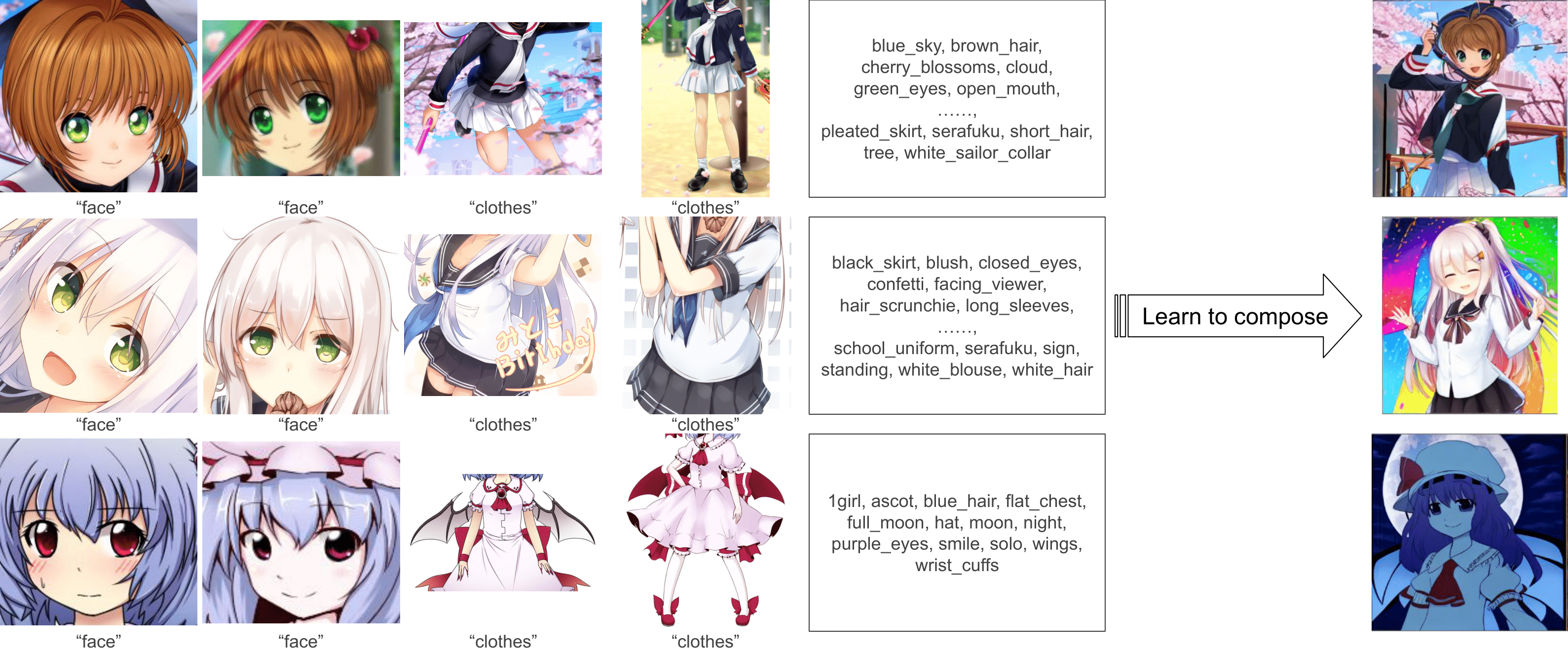|
Newly developed diffusion-based techniques have showcased
phenomenal abilities in producing a wide range of high-quality images,
sparking considerable interest in various applications. A prevalent scenario
is to generate new images based on a subject from reference images.
This subject could be face identity for styled avatars, body and clothing
for virtual try-on and so on. Satisfying this requirement is evolving
into a field called Subject-Driven Generation. In this paper, we consider
Subject-Driven Generation as a unified retrieval problem with diffusion
models. We introduce a novel diffusion model architecture, named RetriNet,
designed to address and solve these problems by retrieving subject
attributes from reference images precisely, and filter out irrelevant information.
RetriNet demonstrates impressive performance when compared
to existing state-of-the-art approaches in face generation. We further
propose a research and iteration friendly dataset, RetriBooru, to study a
more difficult problem, concept composition. Finally, to better evaluate
alignment between similarity and diversity or measure diversity that have
been previously unaccounted for, we introduce a novel class of metrics
named Similarity Weighted Diversity (SWD).
|




